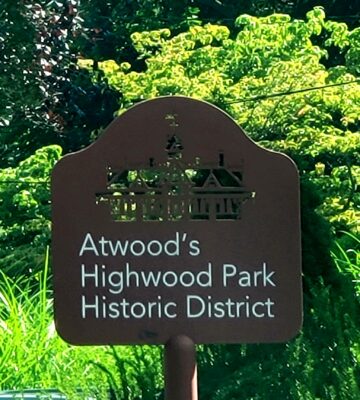The Pros and Cons of Buying a Historical Home
 Historical homes often exude a unique charm and elegance that newer homes simply cannot replicate. With their timeless architecture, rich histories, and unparalleled craftsmanship, they can be an attractive choice for many potential homeowners. However, buying a historic property also comes with its own set of challenges. Let’s explore the pros and cons of purchasing a historical home:
Historical homes often exude a unique charm and elegance that newer homes simply cannot replicate. With their timeless architecture, rich histories, and unparalleled craftsmanship, they can be an attractive choice for many potential homeowners. However, buying a historic property also comes with its own set of challenges. Let’s explore the pros and cons of purchasing a historical home:
Pros:
- Unique Charm and Character: Historical homes are often built with intricate designs, original woodwork, and unique architectural elements that offer unparalleled aesthetics.
- Potential Tax Benefits: In some areas, owners of historic homes can qualify for tax breaks if they restore and maintain the property according to certain standards.
- Stable Value: Due to their limited number and unique nature, historic homes can retain or even increase in value better than newer homes, especially in historic districts.

- Rich History: Owning a piece of history can be deeply satisfying. Knowing that your home has withstood the test of time and has its own story to tell adds sentimental value.
- Quality Craftsmanship: Many historical homes were built with a level of craftsmanship that is difficult and expensive to replicate today. This includes hard-to-find wood, custom masonry, and detailed carvings.
- Environmental Consideration: Buying and restoring a historic home can be more environmentally friendly than constructing a new one, as it repurposes existing materials and reduces the need for new construction.
Cons:
- Maintenance and Repair Costs: Older homes often come with aging infrastructures like plumbing, electrical systems, and roofs. Repairs can be frequent and expensive, especially if you’re trying to maintain historical accuracy.
- Strict Regulations: If the home is located in a historic district or has been designated as a landmark, there may be restrictions on the changes and renovations you can make.
- Inefficiencies: Historic homes may not be as energy-efficient as newer models. They might lack modern insulation, have drafty windows, or have outdated heating and cooling systems.
- Limited Modern Amenities: Unless previously renovated, historical homes may lack modern comforts such as spacious kitchens, large bathrooms, or walk-in closets.

- Higher Insurance Costs: Insuring a historic home can be more expensive than a newer home due to the potential need for specialized restoration in case of damage.
- Potential Health Hazards: Older homes might have health hazards like lead paint or asbestos, which can be costly to remediate.
- Lower saleability limited pool of buyers: Older homes while being very charming, present a challenge to most buyers who want homes to have updated and modern amenities and the ability to make changes as they please. As a result, one must take into consideration that selling a historic home may prove more challenging than a non-historic home.
Conclusion:
Buying a historic home can be a dream come true for those who value character, history, and unique architecture. However, potential buyers should be aware of the challenges and responsibilities that come with owning such a property. It’s essential to conduct a thorough inspection, understand local regulations, and be prepared for the ongoing costs associated with maintaining and restoring a historic gem.


 English
English Chinese
Chinese Korean
Korean Hebrew
Hebrew Russian
Russian